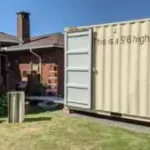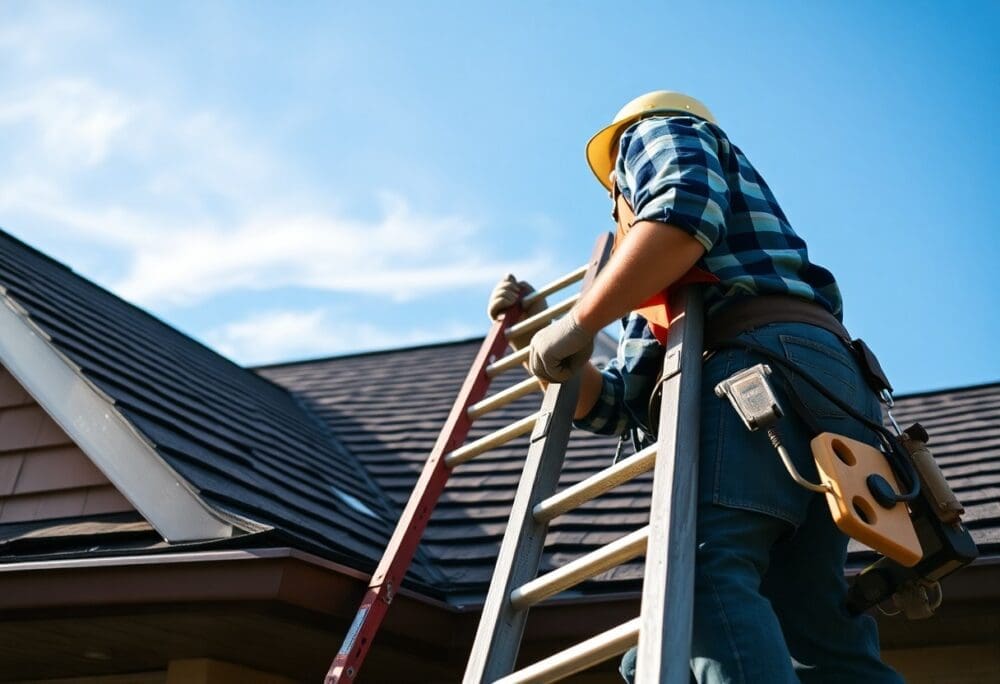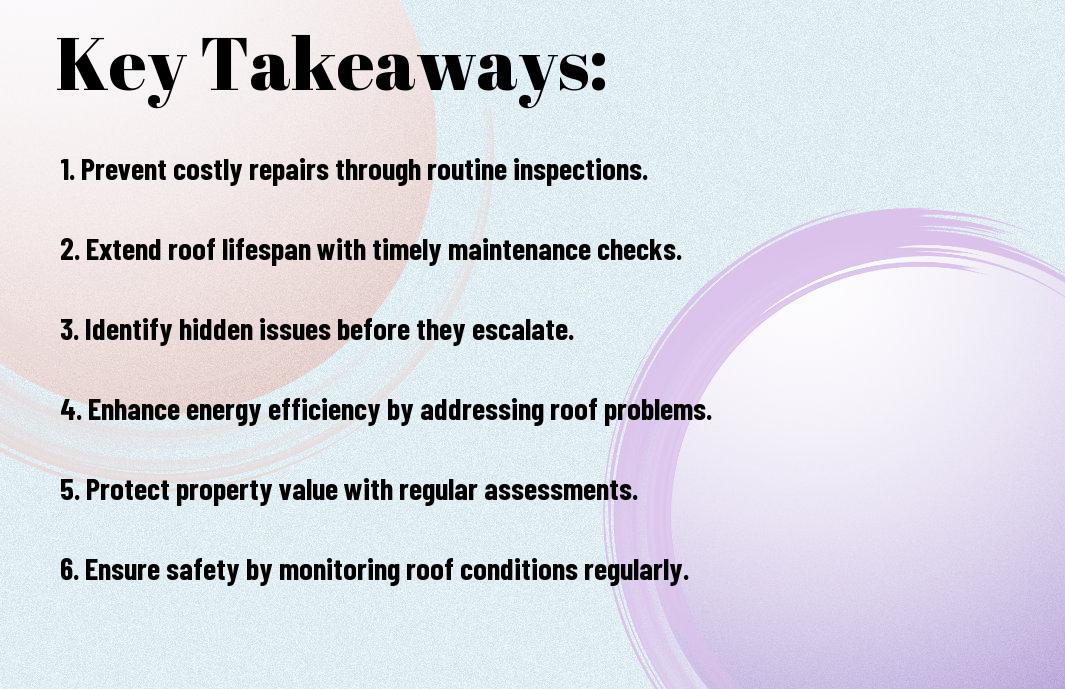You may not realize it, but regular roof inspections play a vital role in maintaining your home’s overall integrity. By proactively identifying potential issues such as leaks, damaged shingles, or deteriorating materials, you can prevent costly repairs and extend the lifespan of your roof. This blog post will guide you through the reasons why these inspections should be a key part of your home maintenance routine, ensuring your roof continues to protect you and your family effectively.
Key Takeaways:
- Regular roof inspections help identify potential issues early, preventing costly repairs and extending the lifespan of your roof.
- Routine checks can enhance energy efficiency by ensuring proper ventilation and insulation, reducing heating and cooling costs.
- Keeping a schedule for inspections assists in maintaining warranty coverage, as many manufacturers require documented maintenance to uphold warranty terms.
The Benefits of Regular Roof Inspections
While many homeowners overlook roof inspections, they provide substantial benefits that can save you time and money. Regular inspections help identify and address potential issues before they escalate, ensuring your roof remains in optimal condition. By being proactive, you not only protect your investment but also enhance the overall value of your home.
Early Detection of Problems
After conducting a roof inspection, you can quickly spot minor issues like leaks or damaged shingles before they develop into major repairs. By addressing these problems early, you can avoid costly repairs and ensure your home remains safe and dry.
Extending Roof Lifespan
Around every roof, there are imperative maintenance practices that can significantly extend its lifespan. Routine inspections help you address wear and tear, ensuring protective layers remain intact and functional. By caring for your roof, you prevent more significant damage that can shorten its life.
This proactive approach not only maximizes your roof’s durability but also ensures that it performs optimally throughout its lifespan. By regularly monitoring its condition and addressing minor repairs quickly, you create a stable environment that resists the elements. An effectively maintained roof can also help in maximizing your energy efficiency, leading to lower utility bills and a more comfortable home. Investing time in regular inspections translates to long-term savings and peace of mind.
Common Issues Found During Inspections
If you neglect regular roof inspections, you may encounter a variety of common issues that could lead to expensive repairs in the long run. Problems such as leaks, water damage, and structural wear can significantly impact the integrity of your roof, making it imperative to address them promptly. By staying informed about these issues, you can take proactive measures to maintain your roof’s health and longevity.
Leaks and Water Damage
The presence of leaks and water damage is one of the most significant concerns identified during roof inspections. Water infiltration can lead to mold growth, weakened roofing materials, and even structural damage over time. Regular inspections enable you to catch these issues early, ensuring your home remains safe and dry.
Structural Damage and Wear
Leaks can indicate underlying structural damage, often caused by prolonged exposure to the elements. This includes deterioration of roofing materials, sagging, or compromised supports that may no longer provide adequate protection. Regular inspections help you identify and address these issues before they escalate.
Wear and tear on your roofing materials can lead to serious structural problems if not addressed promptly. Over time, factors such as weather conditions, debris accumulation, and UV exposure can weaken your roof’s integrity. Regular inspections allow you to assess the extent of this wear, enabling you to take timely measures to reinforce or repair the affected areas, ultimately extending the lifespan of your roof.
How Often Should Roof Inspections Be Conducted?
Keep your home protected by scheduling roof inspections at least twice a year. Ideally, these checks should take place in the spring and fall, as weather conditions during these seasons can reveal any wear and tear. Additionally, it’s a good idea to inspect your roof after severe weather events, such as heavy storms or high winds, which may cause hidden damage.
Recommendations by Professionals
Among roofing professionals, the consensus is that regular inspections can prevent costly repairs. It is advisable to follow guidelines of conducting comprehensive inspections twice a year, focusing on areas such as flashing, ventilation, and shingle integrity. This proactive approach not only extends your roof’s lifespan but also offers peace of mind.
Factors Influencing Frequency
Against the common belief that inspections are only necessary twice a year, various factors can influence how often you should inspect your roof:
- Age of the roof
- Type of roof material
- Weather conditions and climate
- Surrounding environment (such as trees and debris)
Knowing these factors can guide you in adjusting your inspection schedule according to your specific circumstances.
Consequently, consider how each factor affects your roof’s condition and potential vulnerabilities. For instance, a roof nearing the end of its lifespan may require inspections more frequently, while newer roofs might need less attention:
- Routine wear and tear
- Local weather patterns
- Presence of overhanging branches
- History of storm damage
Knowing these insights will empower you to maintain the integrity of your roof and address issues before they escalate.
The Inspection Process: What to Expect
All homeowners should know that a roof inspection typically involves a systematic assessment of your roof’s condition. Expect your inspector to evaluate the roof’s materials, identify any visible damage, and check for signs of wear and tear. You’ll receive a detailed report outlining their findings, which can help you make informed decisions about necessary repairs or maintenance.
Visual Inspection Techniques
Process techniques employed during a visual inspection may include assessing the roof from the ground, walking on the roof itself, and using binoculars for a closer look at hard-to-reach areas. Inspectors will look for issues such as cracked shingles, rusted flashing, and signs of water damage. This visual analysis is often the first step in identifying potential problems before they escalate.
Tools and Equipment Used
Visual inspections often benefit from specialized tools designed to enhance the inspector’s ability to diagnose issues effectively. These may include ladders, drones, and moisture meters, which help assess the roof’s integrity from various angles and heights.
Indeed, using drones has revolutionized the roof inspection process, allowing inspectors to capture high-resolution images of your roof without the risk of climbing. Additionally, moisture meters can detect hidden water damage beneath the roofing surface, providing you with a complete assessment. By equipping themselves with advanced tools, professionals ensure that no detail goes unnoticed, enhancing the overall accuracy of the inspection. This investment in technology helps protect your home and extends the lifespan of your roof.
Choosing a Qualified Roofing Inspector
Not all roofing inspectors are created equal. Selecting a qualified professional is imperative to ensure a thorough and accurate assessment of your roof’s condition. Look for inspectors who have a proven track record, appropriate certifications, and a solid reputation within the community. Investing time in choosing the right inspector can save you stress and money in the long run.
Credentials and Experience
Credentials are important when choosing a roofing inspector, as they demonstrate the professionalism and expertise necessary to conduct a reliable assessment. Look for inspectors certified by recognized organizations and check for relevant training and years of experience in the field. A knowledgeable inspector will understand the complexities of roofing systems and be equipped to identify potential issues that others might overlook.
Questions to Ask Potential Inspectors
For a more informed decision, it’s vital to ask potential inspectors a series of relevant questions. Inquire about their certifications, experience, and inspection methods. Understanding their approach can provide you with insight into how thorough and reliable their inspections will be. It also helps to discuss any past projects or client references to gauge their expertise effectively.
The right questions can illuminate the inspector’s qualifications and experience. Ask about the specific types of roofs they’ve inspected, the tools and technologies they use, and how they document their findings. Clarifying their process for addressing issues, along with warranty or follow-up services, can also offer reassurance that you are choosing a dependable inspector for your roofing needs.
Conclusion
As a reminder, conducting regular roof inspections is necessary for maintaining the integrity of your home. By taking proactive steps to identify and address potential issues early, you can protect your investment and ensure your roof serves its purpose effectively. Regular inspections help you avoid costly repairs down the line and extend the lifespan of your roofing materials. Make it a priority to keep your roof in top condition, safeguarding both your property and your peace of mind.
FAQ
Q: Why are regular roof inspections necessary?
A: Regular roof inspections are imperative for identifying small issues before they turn into major problems. Routine checks can help detect wear and tear, leaks, or structural damage that may not be visible from ground level. By addressing these concerns early, homeowners can prolong the lifespan of their roof and avoid costly repairs or replacements down the line.
Q: How often should I have my roof inspected?
A: Most experts recommend having your roof inspected at least once a year. Additionally, it’s advisable to schedule an inspection after severe weather events such as heavy storms or high winds, as these conditions can cause unexpected damage. Following these guidelines helps ensure the integrity of your roof is maintained over time.
Q: What happens during a roof inspection?
A: During a roof inspection, a professional will thoroughly assess the condition of the roof’s materials, including shingles, flashing, and gutters. They will look for signs of deterioration, leaks, or potential hazards that could compromise the roof’s functionality. The inspector will also check for proper ventilation and drainage, which are vital for maintaining a healthy roofing system.






